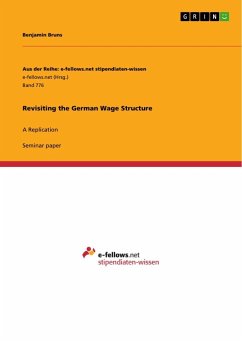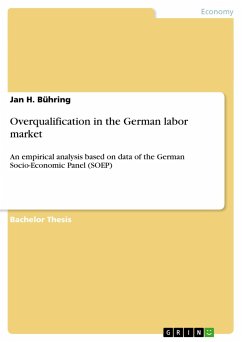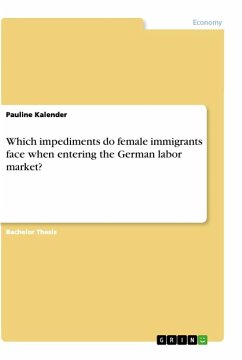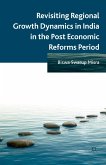Seminar paper from the year 2013 in the subject Economics - Job market economics, grade: 1,0, Humboldt-University of Berlin (Angewandte Mikroökonometrie / Arbeitsmarktökonomik), course: Topics in Labour Economics, language: English, abstract: Using a large administrative data set, a recent study by Dustmann, Ludsteck, and Schönberg [2009] finds convincing evidence for rising wage inequality in West Germany during the past three decades. Their paper shows that the increase occurred above the median during the 1980s, and was augmented by rising inequality below the median in the 1990s. These results challenge the pervasive conception of the German wage structure being a paragon of stability.Within the scope of this seminar paper, I replicate parts of their analysis using a different data set, namely the German Socio-Economic Panel (GSOEP) for the period from 1984 to 2009. Using monthly and hourly earnings constructs, I assess the extent to which the results of Dustmann, Ludsteck, and Schönberg [2009] can be recovered from GSOEP data. I do so by exploring the wage distribution along several dimensions. In addition to this, I analyze composition-constant counterfactual wage densities using the kernel density reweighting method advanced by DiNardo, Fortin, and Lemieux [1996]. A provisional evaluation of my results suggests that I can confirm the majority of findings of the original paper along a qualitative dimension. A quantitative assessment, however, reveals considerable deviations.
Hinweis: Dieser Artikel kann nur an eine deutsche Lieferadresse ausgeliefert werden.
Hinweis: Dieser Artikel kann nur an eine deutsche Lieferadresse ausgeliefert werden.








